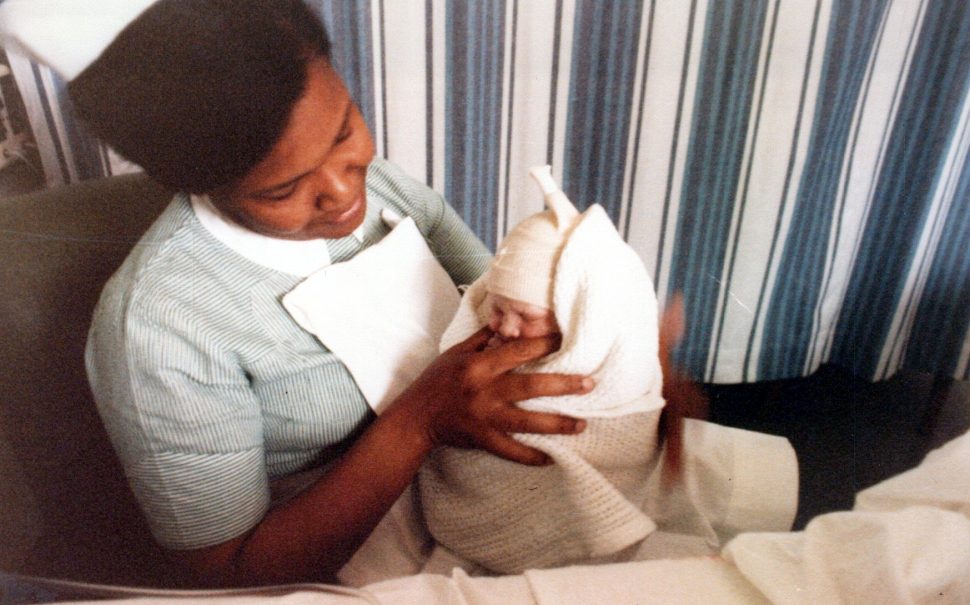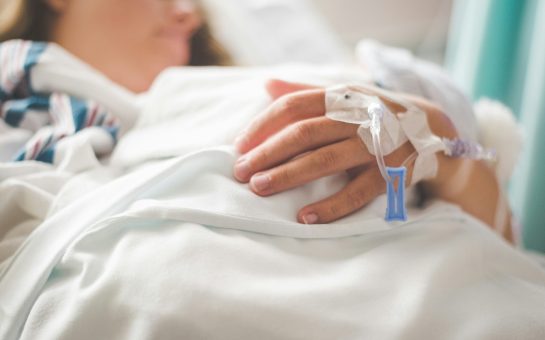As Black History Month draws to a close, a new digital timeline marks the stories of Black health workers and patients – while celebrating the campaigners who have long challenged medical racism…
The formal opening of Brixton Blood Donor Centre in January by Britain’s first sickle cell nurse counsellor, Dame Elizabeth Anionwu, marked a watershed moment for the history, research, and treatment of the disease – a debilitating condition that disproportionately affects Black people.
In that moment, the centre became part of a broader historical narrative of Black healthcare, now captured in Black Cultural Archives’ digital Medicine, Race, and Activism timeline.
The project chronicles the vital contributions of Black people to Britain’s healthcare system through documents and artefacts from BCA’s expansive archival collections – including a leaflet produced by the Sickle Cell Society, founded by Dame Anionwu in the 70s.
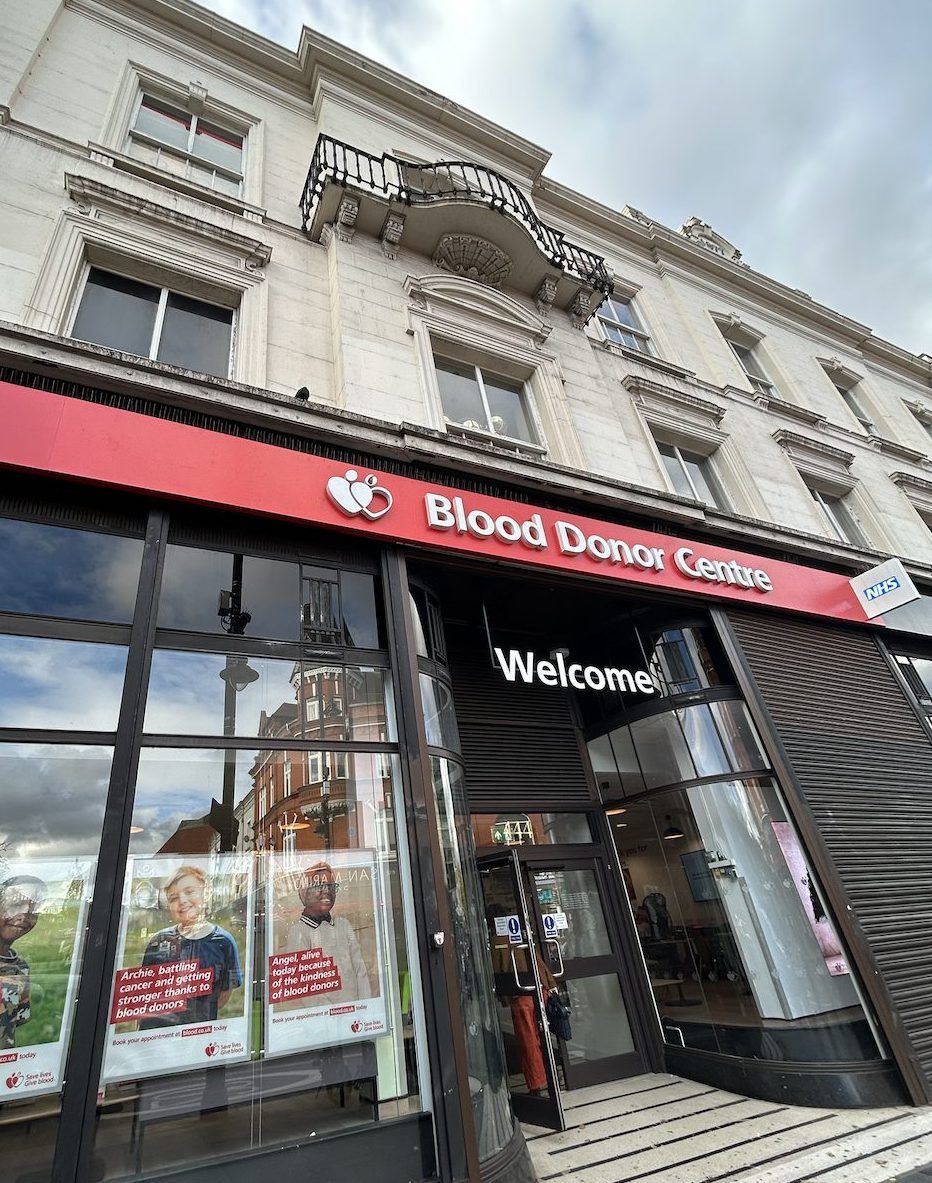
From nineteenth-century pioneers like Annie Brewster, who began her nursing career in London in 1881, to modern community groups such as Five X More, founders of the first Black Maternal Health Awareness Week in 2020, the timeline underscores the erasure of Black healthcare worker histories over centuries.
BCA Learning and Engagement Manager Dr Ayshah Johnston explained how the project, which is part of a wider collaboration between Black Cultural Archives and Royal Holloway, University of London, aims to amplify and make available the histories of marginalised communities.
She said: “Black history is British history. But a lot of what we want to do is to widen the lens of what Black British history is.
“Health activism is part of the material held in our archives, and a lot of that activism must have been around the 1960s and 70s, moving right up into the 80s and 90s.”
Part of the timeline underscores the discrimination experienced by healthcare workers recruited from British colonies to help address post-war labour shortages.
It tells the stories of Windrush medical professionals like Dawn Hill CBE, who left Jamaica for Britain in 1956 to take part in a nursing scheme and was placed in a lower grade role despite her experienced skillset.
Hill would later go on to create more equitable policies in workplaces across Hackney hospitals after completing studies in Social Administration and Policy at LSE, and served as the Chair of Black Cultural Archives in 2012.
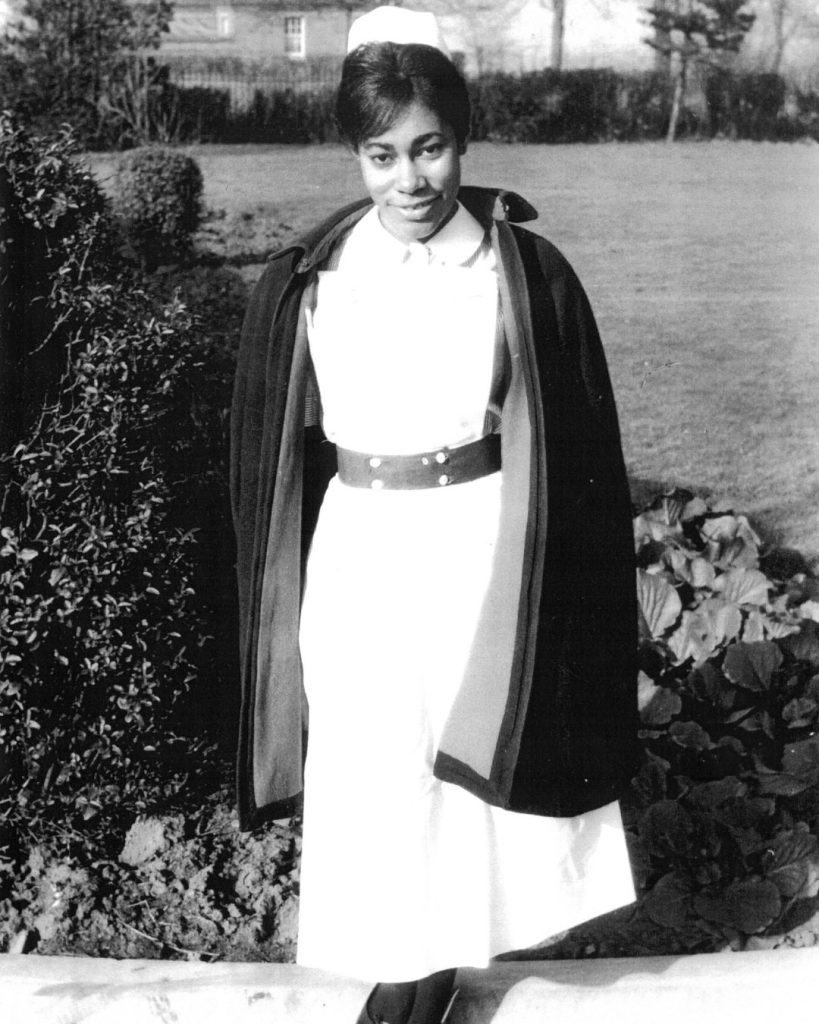
However, Johnston also stressed how an awareness of pre-Windrush stories of struggle and activism is essential to deepening our understanding of history.
The timeline opens with Mary Seacole’s arrival in London in 1854 and her pioneering nursing work during the Crimean war.
Johnston said: “It was important to include pre-Windrush personalities.
“There was a quota in British universities as to how many African students could be accepted, and so a lot of them became operative around campaigning against the colour bar.
“Everything we do, we’re trying to point out that this is a long, long history.”
As part of that history, the timeline charts how healthcare and activism have intersected with changes in policy surrounding racial justice, migration rights, and social inclusion, in addition to general revisions of healthcare legislation.
But a pattern emerges from the archives: despite decades of activism and policy, measurable inequalities remain in healthcare settings for both workers and patients.
However, Carmen Andall Woodroofe, a post-graduate researcher at Royal Holloway, explained how these patterns provide important learning opportunities.
She said: “What I think is most important for people accessing the timeline is that it is double-sided.
“It shows history repeating itself over decades, but it also shows the struggle against that.
“There are lessons we can learn in our activist work today from the past and from historical organising— especially through the black women activists who are featured in the timeline.
“The good thing about timelines is that new material and parts of the archive can always be added.”
While the timeline takes on particular pertinence during Black History Month, observed in October in the UK, Dr Johnston explained how BCA use the phrase ‘Black Futures Month’– because Black history should be honoured every day of the year.
When it comes to ensuring that the histories and communities of marginalised communities are represented in the future, she sees education as BCA’s most powerful form of intervention.
Johnston, who manages structured workshops, talks and learning sessions at BCA, stressed how Black history and activism should not be treated as separate or niche, but as part of a wider story of social justice and human rights in Britain.
The ‘Ban the Jab’ campaign, launched in 1978, sought to stop the prescription of the contraceptive injection Depo-Provera to women due to concerns about cancer risks, depression, and weight gain.
Reflecting on the drug and its controversy, Johnston said: “It was largely given to minority women, but it was also given to white working class women.
“That’s an example of a campaign that both black and white women are united around.
“If we can get more of that information into the textbook, it’s a broader story: what if the activism of black people is also important for white people as well?
“It’s not just a siloed-off thing.”
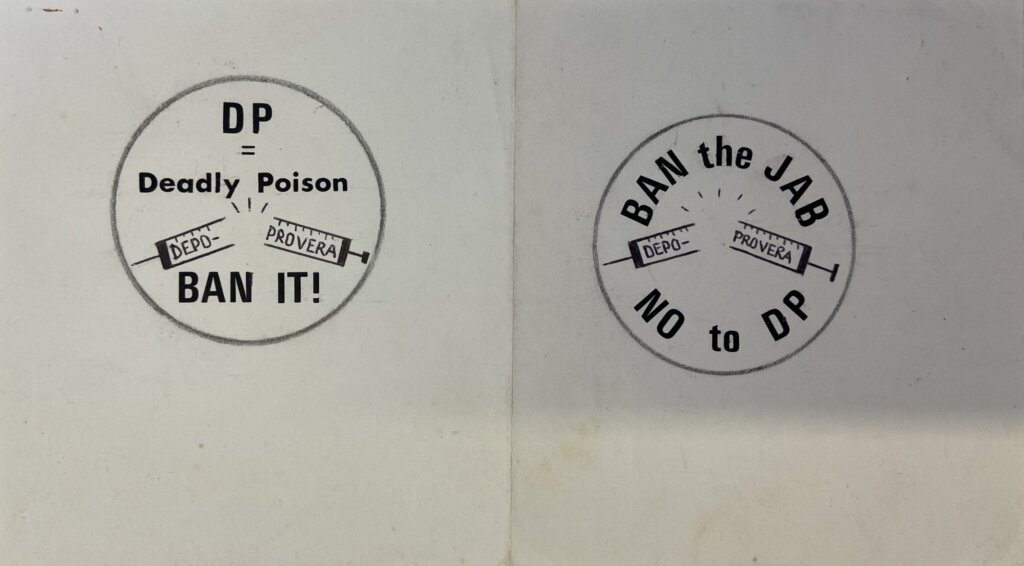
Including these stories in educational materials helps students understand that struggles are shared, interconnected, and relevant to everyone.
BCA’s Medicine, Race, and Activism timeline is part of a suite of free digital resources made available through Royal Holloway’s “Inclusive Histories” project, launched last year.
The Arts and Humanities Research Council (AHRC) backed project is a collaboration between Royal Holloway, educational charity AQA, Black Cultural Archives, and several other heritage organisations, aimed at diversifying the national curriculum and supporting teachers with more inclusive UK political history resources.
Dr Wanda Wyporska, CEO of Black Cultural Archives, said: “As an historian and activist, I am delighted that we can bring the hard-hitting documents from Black struggles to the public and to our young people.
“As the proud daughter and niece of Bajan Windrush matrons in the NHS, I know that being Black in the workplace has been, and still is, a daily struggle.
“We can take encouragement and support from seeing how our elders fought for racial justice, and that is how we honour them.”
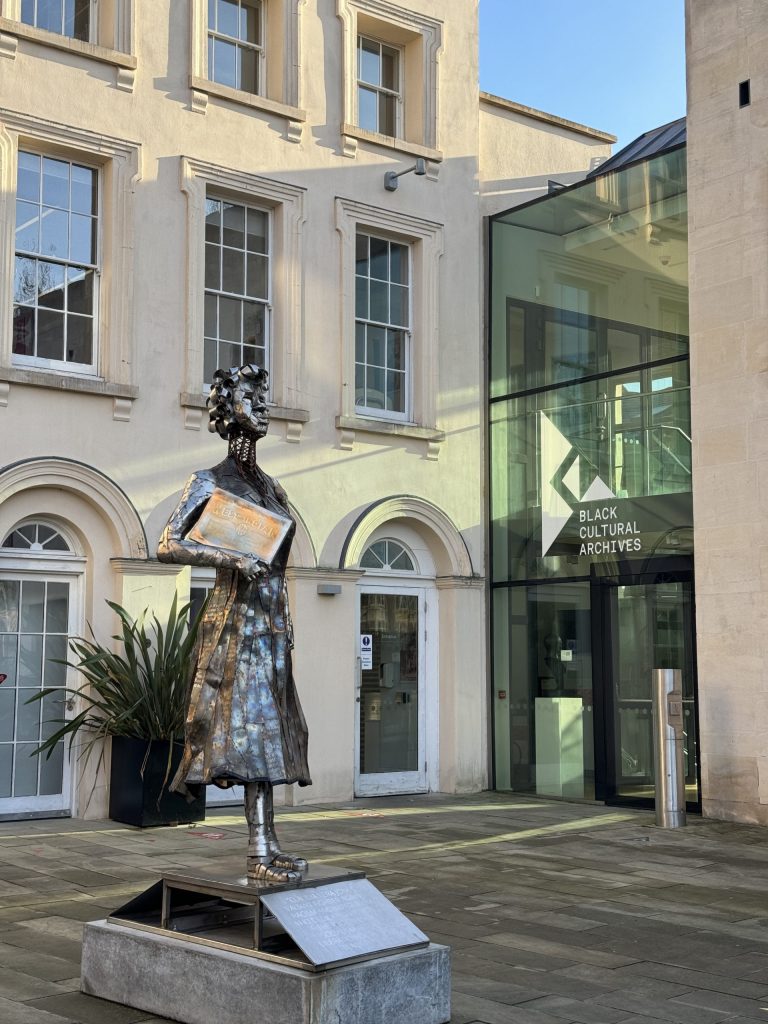
Despite its national significance, Black Cultural Archives relies on the generosity of individuals and organisations. For more information about how you can support BCA, visit here.
Explore the Medicine, Race and Activism timeline here.
